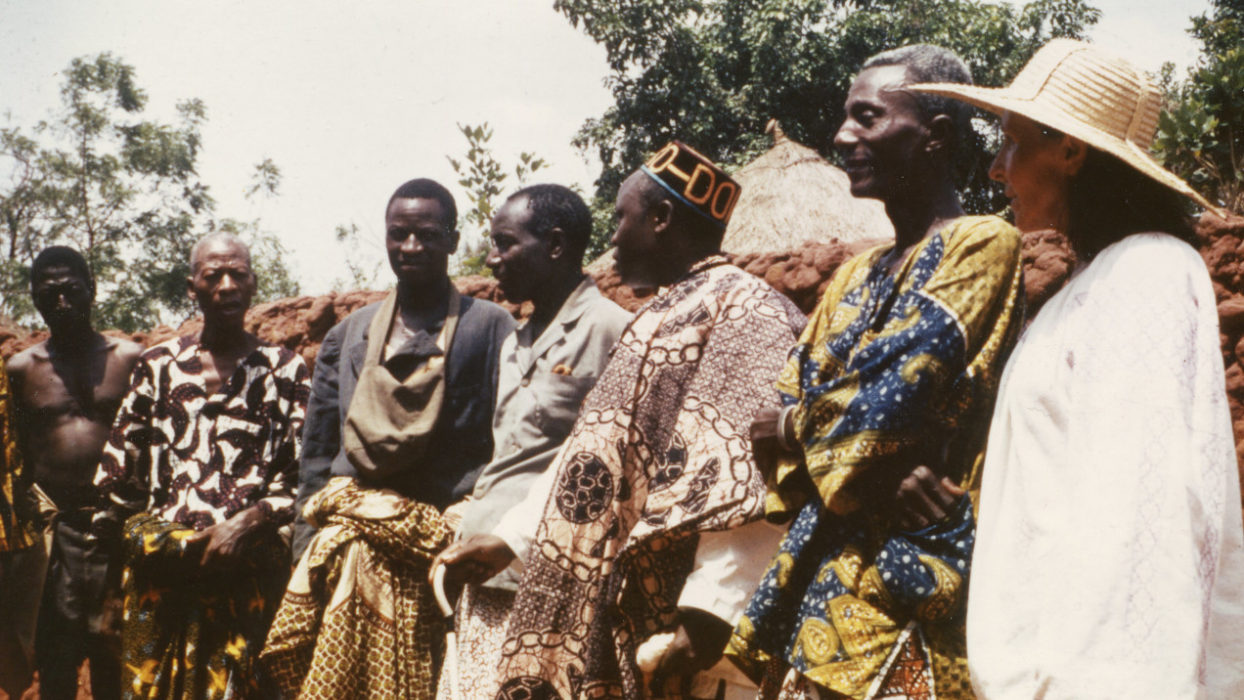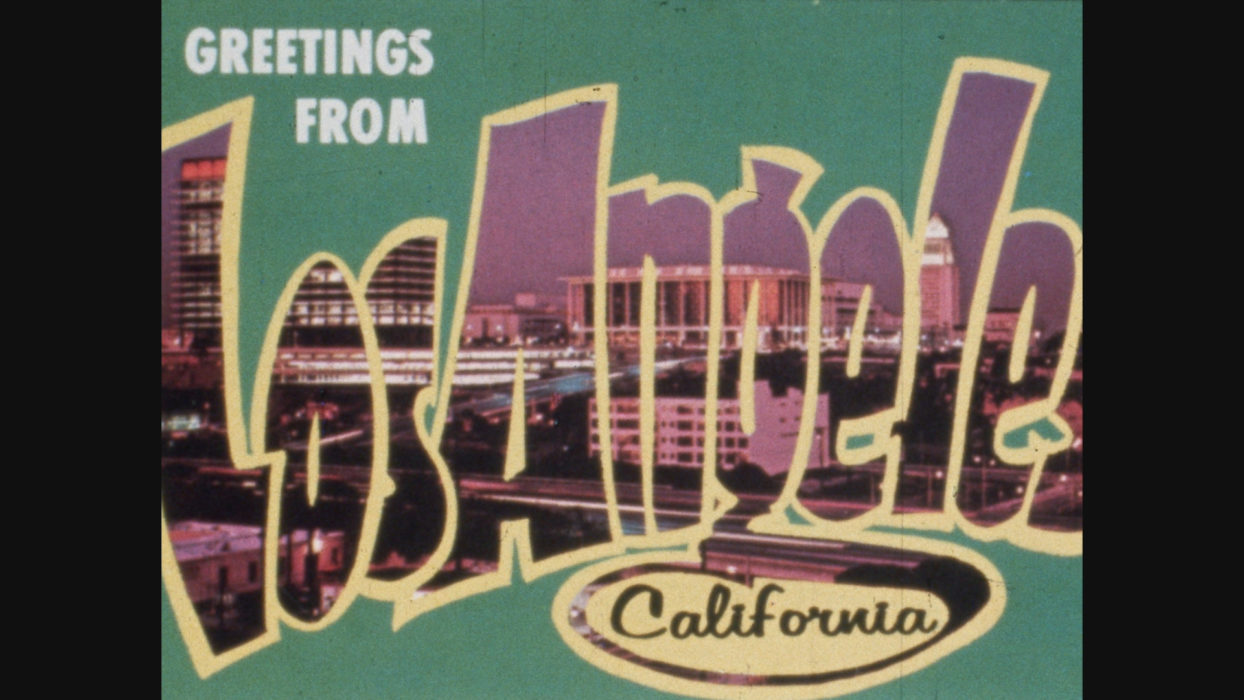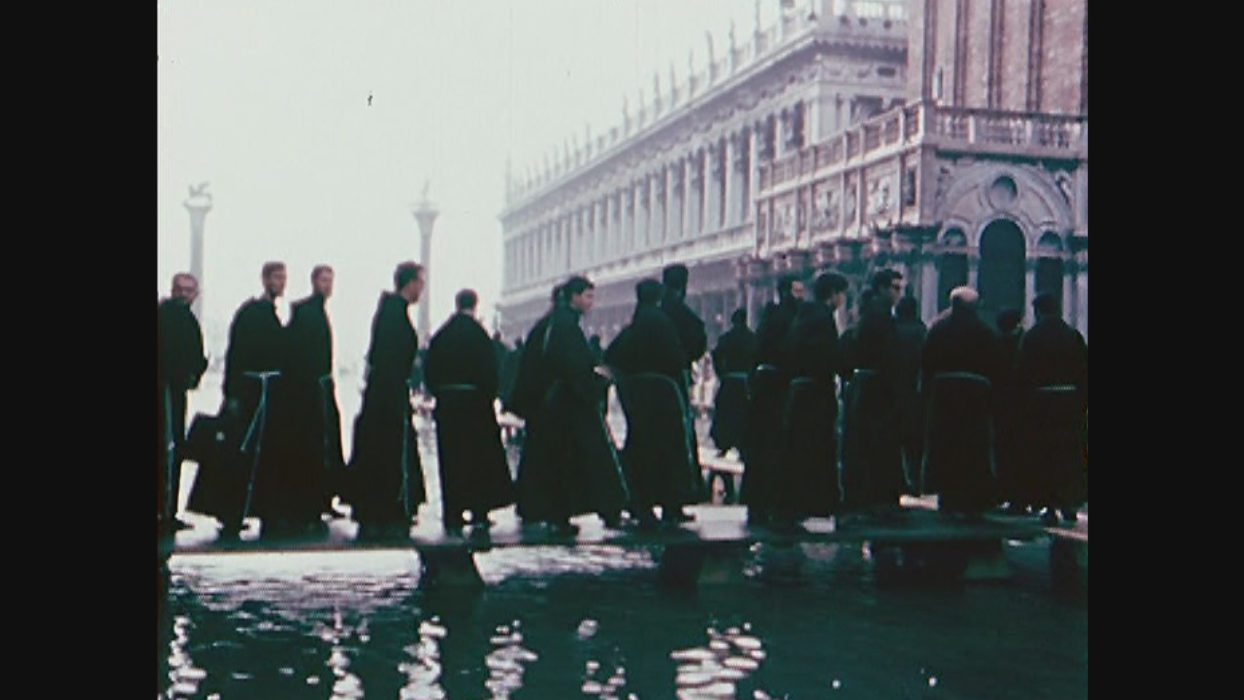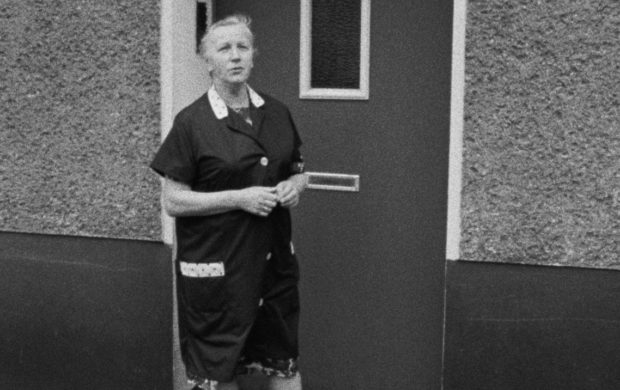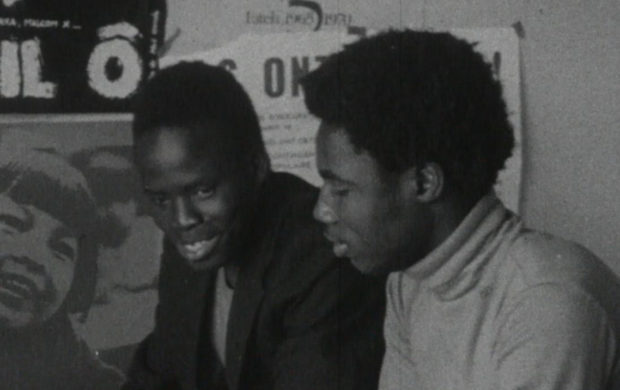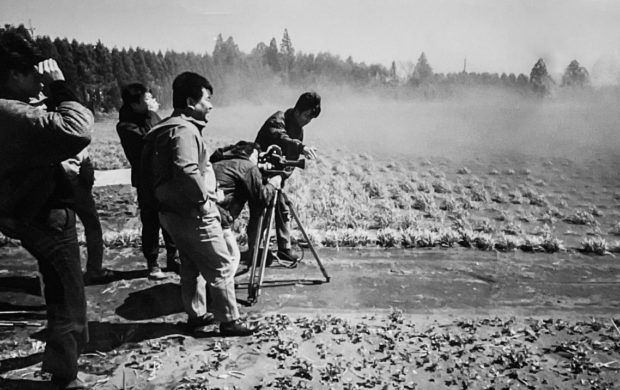Yannick Bellon centenary
Presented by Audrey Birrien, INA project manager and Eric Le Roy, legatee of Yannick Bellon
Africa, the Americas, Europe, discover three Yannick Bellon documentaries made at the turn of the 1960s-1970s. Beyond the discovery of different places and cultures, the filmmaker has always placed the human being at the heart of her work.
Anatomie de Los Angeles is a critical and poetic portrait of a sprawling, superficial city where the automobile reigns supreme and minorities rub shoulders without knowing each other.
Une ville de la mer ou comment survivre à Venise meets the inhabitants, politicians and institutions of the City of the Doges, and describes the ecological and economic dangers threatening the city’s destruction.
With Brésiliens d’Afrique et Africains du Brésil, a journey in the form of a triptych plunges us into the religion of the Africans of Brazil through a quest for origins, discovering the family history of these descendants of slaves.
Anatomie de Los Angeles | 1969 | 37′
Broadcast on September 23, 1969 as part of the program Point-Contrepoint, produced by ORTF’s 2nd channel, the documentary tackles the complexity of Los Angeles. In a highly structured montage, shots of the city being explored are mixed with interviews with students, writer Henry Miller and residents of all communities. The Angelenos’ evocation of their city paints a portrait of a living entity in constant evolution. Fifty years on, these societal themes are still very much relevant today.
Une ville de la mer ou comment survivre à Venise | 1969 | 44′
Produced for the TV program Point-Contrepoint, Yannick Bellon’s documentary paints a portrait of a city torn between insalubrious housing, the pollution eating away at walls and statues, and the recurrence and increase in flooding, the result of human activity. With the lack of jobs and speculation spreading throughout the city, the overall question arises as to how industries can coexist with the city of Venice. To allow them to develop would risk destroying the city, while to drive them out would risk museumizing it, losing its inhabitants and thus its soul.
Brésiliens d’Afrique et africains du Brésil | 1974 | 164′
This documentary, in the form of a triptych, plunges us into the religion of Brazil’s Africans, through Balbino’s family history. We follow him in the footsteps of his ancestors, their gods and their celebrations between Brazil and Africa.
Part 1: Arrival in Bahia
At the Senhor de Bonfim festival, a huge crowd gives thanks to Christ of the Last Good Thing and at the same time to the god Ochala. For three centuries, from 1550 to 1850, the slave trade brought one million two hundred thousand Africans to Bahia. Balbino’s family made this journey.
Today, Balbino is a merchant in Bahia. A practicing Catholic, he also takes part in initiation ceremonies for new converts to the African gods. For years, he had been waiting for the ocean liner that would take him to Africa, home of the god Chango. At last, his dream is about to come true: he’s preparing for his departure.
Part Two: Journey to the roots
To Africa with Balbino, the Brazilian street vendor from Dahomey, the land of his ancestors who were taken as slaves during the slave trade. Balbino would like to find the places where Chango, the god to whom he has been consecrated, worships. And who knows… maybe some members of his family.
In fact, many slaves who were freed and returned from Brazil brought with them new customs, a new diet and, above all, a different architecture for their homes.
At certain times of the year, these former slaves celebrate the head of Senhor de Bomfim in Africa, singing and dancing as they once did in Bahia.
Part Three: Back to Bahia
Balbino, back in Brazil, returns to Bahia and the lively, joyous folk festivals that characterize his city. On the island of Iltaparica, opposite Bahia, he meets the Egouns, similar to those he saw in Porto-Novo in Dahomey. In the streets, he discovers old houses comparable to those built on the African coast by freed slaves on their return in the last century.
Every year on February 2, a huge crowd gathers on the beach of Rio Vermelho to bring gifts to Yemanja, the African divinity of salt water.
The restorer – Institut National de l’Audiovisuel (INA)
Founded in 1975, the Institut national de l’audiovisuel (INA), a public audiovisual and digital company, collects, preserves, restores and transmits the heritage of French radio and television. In parallel with the vast digitization plan launched in the early 2000s, which has made nearly 2.5 million hours of programming accessible, INA offers a wide range of technical and editorial services for all audiences: professionals, broadcasters, rights holders, researchers, teachers, social networks, festivals, etc. INA also concentrates its expertise in initial and continuing training in audiovisual and new media professions.
Photo credits : Brésiliens d’Afrique et africains du Brésil / Une ville de la mer ou comment survivre à Venise / Anatomie de Los Angeles © INA
Yannick Bellon, director, editor and producer, tackled societal issues in her films.
In all her films and documentaries, Yannick Bellon has cast a lucid eye on those who set out to regain their dignity. She pursued her career by producing her own films, often rejected by the profession, independently and with great difficulty, and by being uncompromising about the themes she tackled head-on. While we can speak of a committed filmmaker with a highly personal style, we should not overlook her formal research work, mixing fiction and documentary, and delving into the question of time and memory. Yannick Bellon would have been 100 years old in 2024.
ORTF
Institut National de l'Audiovisuel (INA)
Audrey Birrien abirrien@ina.fr
Being restored
March / April 2024

